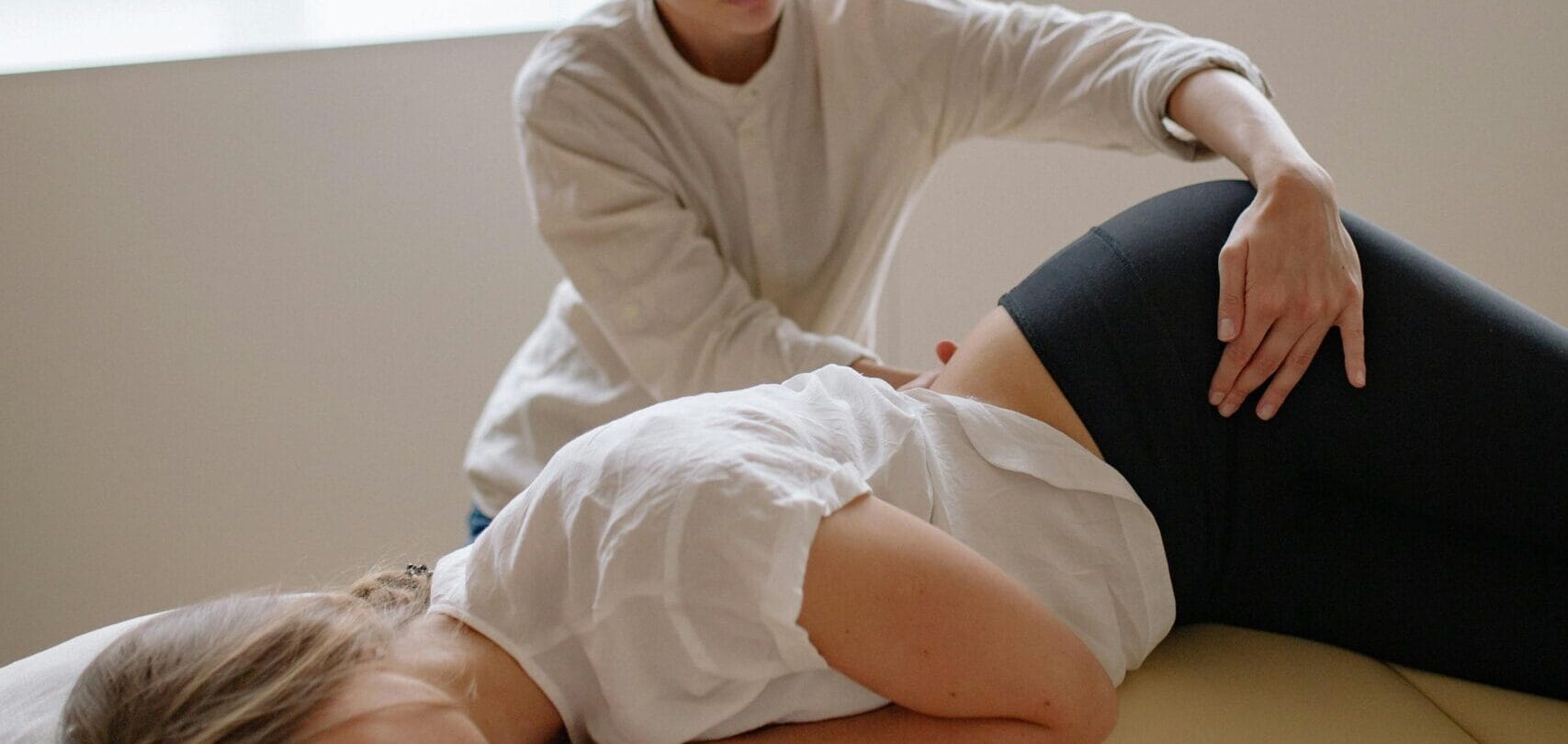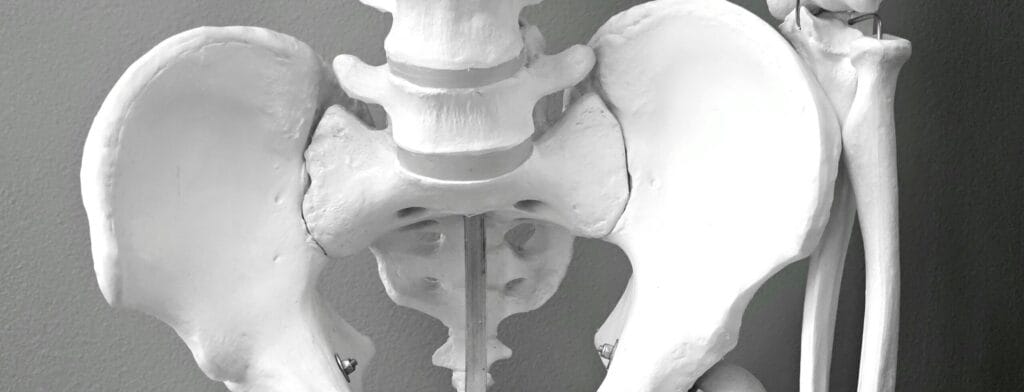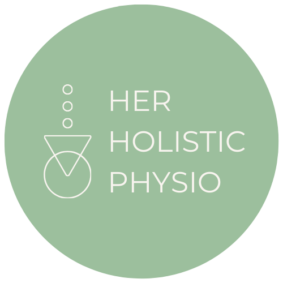
Understanding Pelvic Girdle Pain During Pregnancy
Pregnancy is a transformative and beautiful journey, but it has its challenges. One common issue many pregnant women experience is pelvic girdle pain (PGP). This condition can be frustrating, painful, and even anxiety-inducing, especially when you’re unsure about its cause or how to manage it effectively. However, understanding PGP and adopting a holistic approach to care can make a significant difference in your comfort and overall well-being during pregnancy.
What Is Pelvic Girdle Pain?
Pelvic girdle pain refers to discomfort or pain felt anywhere in the pelvis, including the pubic bone at the front (the pubic symphysis) or back of the pelvis (at the sacroiliac joints). It’s not uncommon for the pain to radiate into the lower back, hips, groin, or thighs. The severity and location of PGP can vary greatly, with a mild ache or sharp pain being the most common, and disabling pain occurring in a very small percentage of women.

How Common Is Pelvic Girdle Pain During Pregnancy?
PGP affects about 20-30% of pregnant women, with some studies suggesting even higher prevalence rates. For many, it starts in the second trimester, although it can occur earlier or later. While the condition can be distressing, it’s reassuring to know that it’s generally manageable or can even be resolved with the right care and support.
Debunking Myths About Pelvic Girdle Pain
One of the most persistent myths about PGP is that it’s caused by hormonal changes, particularly the hormone relaxin, which softens ligaments to prepare the body for childbirth. While hormones play a role in pregnancy-related changes, research suggests that PGP is not directly caused by hormone levels or excessive movement at the joints of the pelvis (although it can feel that way!).
A more accurate explanation is that the pelvis becomes more sensitive during pregnancy. PGP is often the result of the body’s response to biomechanical stress, postural shifts, or changes in load distribution. In many cases, the pain is not necessarily a sign of injury, damage, or inflammation. Instead, it may be your body’s way of signalling for more rest, movement or support.

Addressing Pelvic Girdle Pain
Managing PGP requires a comprehensive, individualised approach that addresses both physical and lifestyle factors. Here are some common strategies:
1. Manual Therapy
Manual therapy techniques, such as gentle joint mobilisations and massage, can help reduce pain and improve mobility as well as calm down the pain response. It is important to note that manual therapy alone generally isn’t enough: it needs to be coupled with a personalised movement program and lifestyle advice.
2. Tailored Exercise Programs
Exercise plays a crucial role in managing PGP. Programs will generally focus on:
- Core Stability: Strengthening the deep abdominal and pelvic floor muscles helps support the pelvis and lower back.
- Gluteal Activation: Targeted glute exercises improve pelvic stability and strength.
- Functional Movement: Exercises that mimic daily activities can help reduce strain and build confidence in your body’s ability to move without pain, such as squats and single leg work in standing (if appropriate).
3. External Supports
Pelvic support belts or braces can provide immediate relief by giving the sensation of increased stability in the area. These supports are particularly helpful during upright activities like walking or standing for extended periods but are less suited to sitting positions as they become very tight on the belly.

4. Optimising Sleeping Positions
Quality sleep is essential during pregnancy, but PGP can make finding a comfortable position challenging. Here are some tips to improve your sleeping setup:
- A pillow between the knees: Place a pillow between your knees or thighs can help to reduce pain overnight
- Rolling strategically: When rolling over in bed, take your time, and if you have a pillow between your knees, see if squeezing it to keep your knees together reduces the pain experienced when changing positions
- Mattress Support: Ensure your mattress is firm enough to support your body without sagging and consider a mattress topper or placing layers of soft blankets under your pelvis to reduce pain caused by the pressure of the weight of the body on the mattress.
5. Everyday Movement Advice
Generally in PGP, movements that are aggravating are movements that involve taking the legs very far apart, such as: taking two stairs at a time instead of one, standing on one leg to put on pants or socks, or swinging one leg out at a time when getting out of a car. Here are some tips to consider:
- Walking: If walking is painful, consider walking slower where possible and using an external pelvic brace
- Stairs: Take stairs one at a time, and slow the pace down if needed – there’s no shame in using a handrail for support either
- Getting in/out of cars: Explore keeping both knees together when putting your legs in/out of a car, or put the legs in using smaller movements instead of taking the legs wide apart as we do when getting in/out in one swift movement
- Getting dressed: When putting clothes on the lower body, consider sitting down instead of standing one leg for things like pants and socks
- Consider asymmetry: Twisting or asymmetrical movements, such as carrying heavy objects on one side or standing on one leg may be another thing to consider modifying
- Standing + Sitting: In PGP movement can be both supportive and aggravating. Where possible, alternate between sitting and walking/standing as prolonged time spent doing either may increase pain
Keep in mind that if you’re able to do any of these movements as you usually do without increasing your pain, then I recommend not modifying them. Ideally, we’re just living our lives without consciously being aware of our movements all the time. However, when pain is more severe these modifications may be necessary either in the short-term or for the duration of pregnancy.
6. Educating Yourself About Pain
Understanding the nature of PGP can significantly reduce fear and anxiety. Remember that the pain (believe it or not) is a signal from the brain, but experienced in the body in a very real way. In PGP pain is often a protective signal rather than an indicator of injury as the pregnant pelvis is understandably sensitive to subtle changes in load and posture caused by a growing belly.
Of course, every woman’s experience is different, but in my clinical experience, I find that we can discover ways to reduce pain both in the first session together and within a week or 2 with the right program by generating feelings of safety and stability in this area of the body.

When to Consider Professional Support
While PGP is common during pregnancy, it’s important to seek professional guidance if:
- The pain significantly limits your daily activities.
- You experience sharp or sudden pain that doesn’t improve with rest.
- You’re experiencing referred pain down the legs including tingling and numbness.
- You’re unsure about the best way to manage your symptoms.
Moving Forward with Confidence
Pelvic girdle pain during pregnancy is a common and manageable condition. By taking a holistic approach that combines manual therapy, exercise, lifestyle adjustments, and education, you can significantly reduce discomfort and improve your quality of life. Remember that your body is incredibly resilient and capable of adapting to the changes of pregnancy. With the right support, you can move through this journey with a greater sense of ease and confidence.


